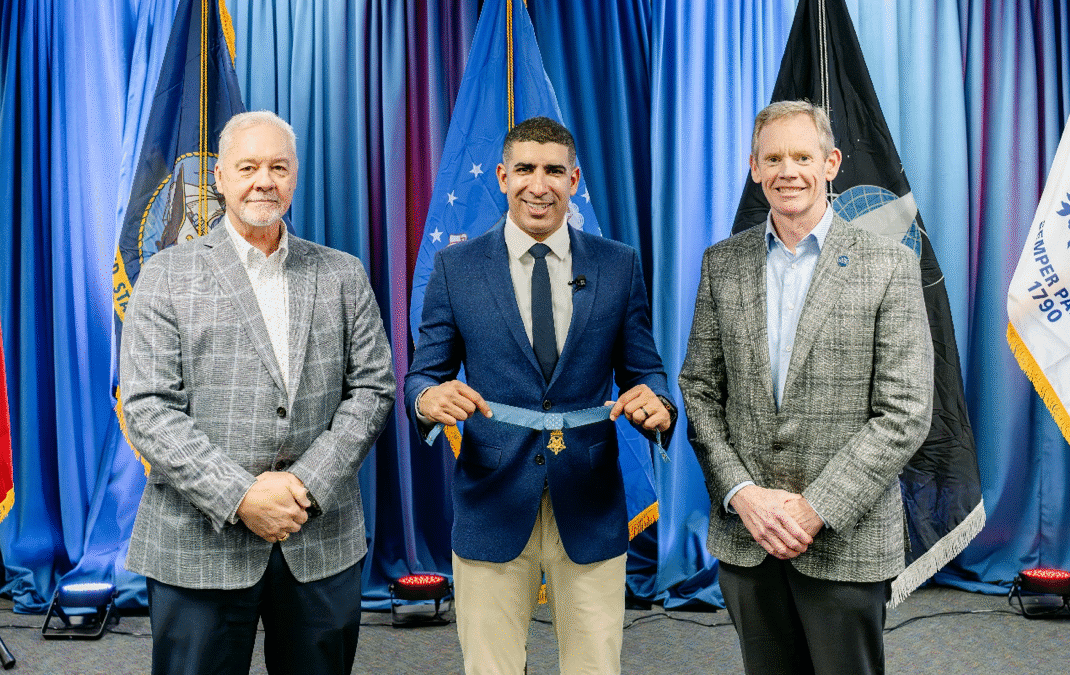It was disappointing to see a recent article misrepresent the process by which the Augusta Commission approved its new animal services program aimed at better managing community cats (“Augusta Commission consents animal welfare group without presentation or recommendation,” April 19). The article did, however, highlight the need for all of us to better understand the available options for managing our community cats.
Best Friends Animal Society was given the opportunity to present to the Augusta Richmond County Public Safety committee on March 14 and April 11. Both times, we presented information about the costs, popularity, and potential impact of a community cat program (CCP) in Augusta-Richmond County. While the public safety committee is only four members of the commission, all commissioners were present at those meetings and heard the full proposal and were able to ask questions.
Best Friends’ program and legislative staff have spent the last month communicating with commissioners and answering their questions, both via email and at the two public safety committee meetings. Commissioners have also heard from their constituents on both sides of this issue via emails and phone calls between the meetings.
At the full commission meeting on April 18, the CCP proposal was added to the consent agenda and was passed unanimously. This means that the CCP was approved by the commissioners and was not “killed”. While we were prepared for the possibility of further questions and discussion, we do not see the passage on the consent agenda as a “cold shoulder”, but instead as a verification that the commissioners had no further questions and were ready to move forward with finalizing the ordinance revisions needed.
Trapping and euthanizing outdoor cats has never been proven to reduce their population since the remaining unsterilized cats are quickly able to reproduce at a rate that replaces the removed cats. Targeted TNVR (trap-neuter-vaccinate-return, not “release”), on the other hand, has proven quite effectivereducing outdoor cat populations.
We agree with Commissioner Williams that people call animal control because they might not want a cat on their property, notbecause they want the cat killed. Currently, if a nuisance cat is removed and killed, the remaining cats continue to be a nuisance and the cycle repeats; the nuisance cat problem is never actually solved. What CCPs offer are an actual solution to these nuisance behaviors, with humane deterrents to keep them away from where they are not wanted, while simultaneously preventing them from reproducing and further adding to the population.
The University of Florida is one of the biggest national supporters of TNVR programs, consistently publishing research supporting the effectiveness and clarifying best practices for CCPs.
Targeted TNVR certainly can reduce population size. A detailed study of a TNVR program in rural North Carolina revealed a 36% average reduction in six sterilized groups over the first two years while the population of three unsterilized groups of cats increased by 47% over the same period. Additional population reductions among the sterilized groups were documented during four- and seven-year follow-up censuses. Studies conducted in more densely populated areas have yielded comparable results. In Chicago for example, a neighborhood TNVR program resulted in an average 54% decrease from initial population levels and an average 82% decrease from peak levels.
These programs reduce disease transmission as well. According to one study, infection rates in unowned cats compared to owned cats of feline immunodeficiency virus (FIV) infection were comparable (5% and 4%, respectively), while the rate of feline leukemia virus (FeLV) was significantly higher (4%).
Many community cats are not adoption candidates. But even if we put aside the desire many Augusta-Richmond County constituents have to keep them from being killed at shelters, trapping and euthanizing them is not reducing their population. No municipality has ever been able to eliminate their outdoor cat population. This program doesn’t create new cats, it does just the opposite. Community cats are already out there, in large numbers, being fed by the community and reproducing unimpeded. If trapping and euthanizing was going to work to reduce complaints and population in the community, it would have already succeeded. Instead, we see cat intake and euthanasia numbers at Augusta Animal Services increase year over year. We know the outdated trap-and-euthanize approach isn’t working for anyone, so why don’t we try something else?The residents of Augusta-Richmond County deserve an actualsolution to the community cat issue, not more of the same outdated, expensive, ineffective policy.
Carrie Ducote, National Director
Shelter Collaborative Program for Best Friends Animal Society.








